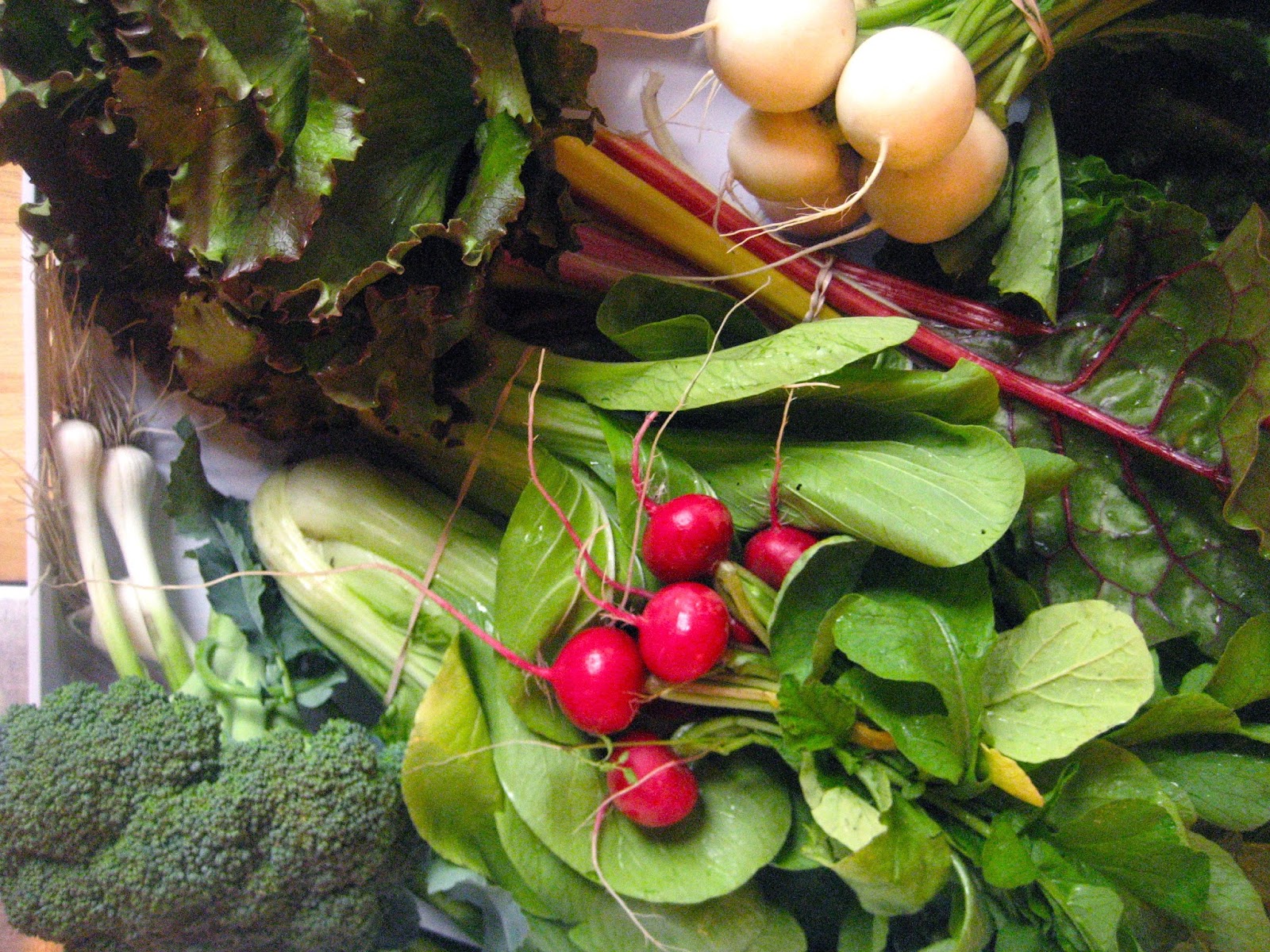They are a cinch to make. Place any bread heels, scraps, or older slices onto a plate and let them dry out for a few days on the counter. You can mix white, wheat, baguette, or sourdough. Once dry, break them apart, whizz them in the blender, and voila. Breadcrumbs. Throw them in the freezer and they keep for months.
Breadcrumbs get frequent airtime around here. I saute them in oil and herbs to top pasta or gnocchi. They are the glue for meatballs and meatloaf. Currently, the most popular use of breadcrumbs in my house is breaded chicken. A properly breaded piece of chicken — be it cutlet or, dare I say, nugget — is a simple yet delicious meal. And it's free of the preservatives that often accompany the pre-made frozen versions. I personally like finger size, even though that's a terrible name for a food, because it has a nice meat-to-breading ratio. They can be eaten with sauce or not, with pasta or not, or on a salad. There are never leftovers.
Proper breading technique comes down to a few principles. First, make sure the breadcrumbs are seasoned. I like a salt, pepper, and grated parmesan for chicken. Fresh or dried herbs work great. Taste the breadcrumbs before you use them — they should taste good. Second, the breading process goes a lot faster if you use one hand for the dry ingredients (flour, breadcrumbs) and one for the wet (egg). This does mean flipping back and forth, but once you get in the rhythm of it, it's pretty fast. Third, your oil should be shimmery hot before putting the chicken in, ensuring a nice seal which keeps the meat tender and oil absoprtion to a minimum. And like most recipes, getting all the ingredients and equipment set out ahead of time makes for efficient cooking.
Breaded Chicken Pieces
Serves 4
2-3 boneless chicken breasts (about 1 pound)
1/3 c. flour
2 eggs
1 t. water
1 t. water
3/4-1 c. breadcrumbs
1/2 c. grated parmesan
Salt and pepper to taste
Olive oil for frying
Cut chicken breasts, against the grain, into desired size pieces. In one bowl, place the flour. In a second bowl, crack the eggs and add 1 t. water. Mix them with a fork until blended. In a third bowl, mix the breadcrumbs, parmesan, salt and pepper.
Heat oven to 200 degrees F and place a tray with paper towels in it. Set a large skillet on the stove and pour enough olive oil into it to coat the bottom about a 1/4 inch deep. Heat the oil on medium high heat until the oil is shimmery.
While the oil is heating, take a piece of chicken and drop it in the flour. Shake off the excess, then drop it in the egg mixture. Turn to coat it in egg, then drop it into the breadcrumbs. Coat liberally with breadcrumbs. Repeat with enough pieces to put into the pan without crowding.
When oil is hot, place chicken pieces in pan and cook about 4-5 minutes, undisturbed. When you can see browning on the bottom, flip the pieces and cook another 4-5 minutes. Remove a piece and cut into it to check for doneness (there should be no pink). Remove chicken pieces to the tray in the oven to keep warm.
Repeat with remaining chicken. Add more oil if needed between batches.
































